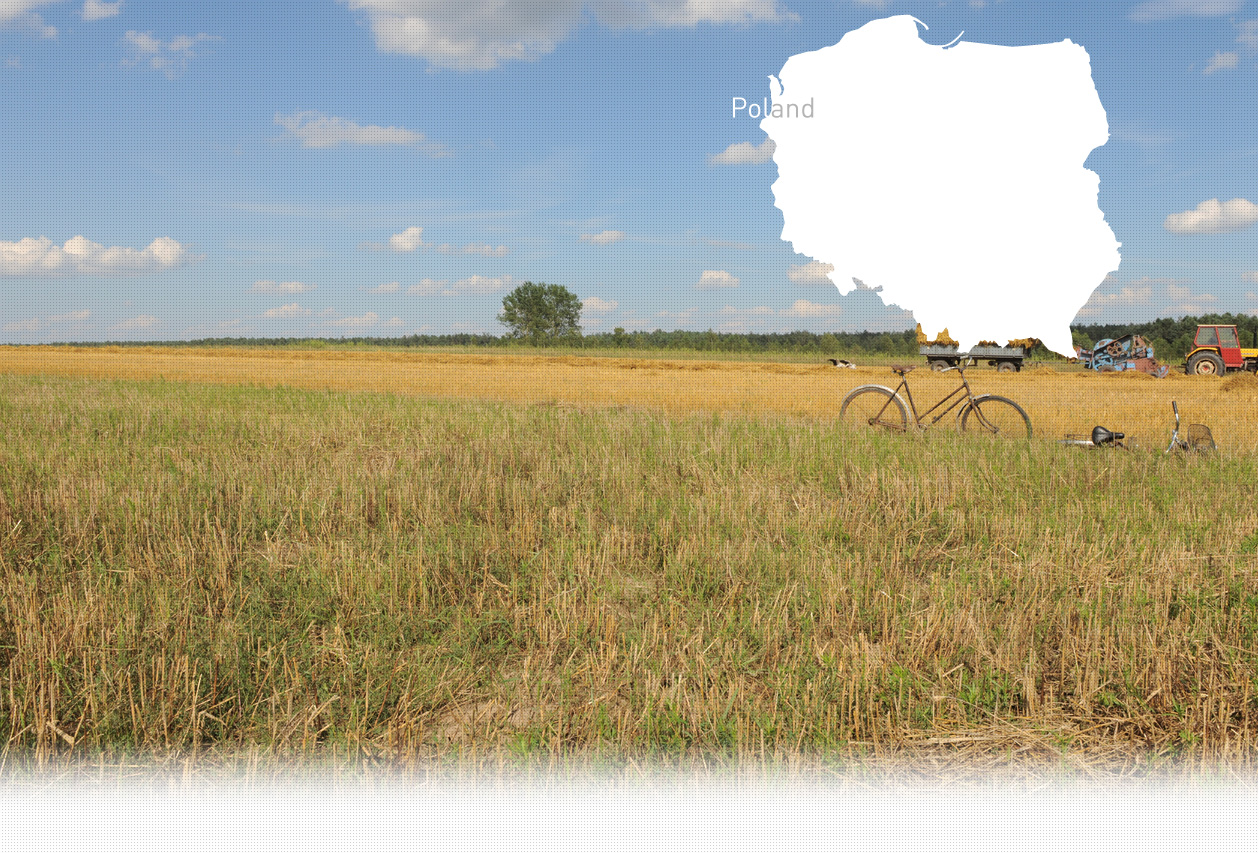

1 Killing site(s)
Czeslawa B., born in 1934: "The sołtys brought local people to a place behind the forest, where they were ordered to dig a pit for the Jews. My brother was among those forced to do it. The Germans arrived with the Jews and shot them. After the shooting, my brother had to fill in the pit. We had no choice—we had to do whatever the Germans ordered us to do. The shooting happened in the summer, but I don’t remember which year. After the war, some Jews returned to exhume the bodies." [Testimony N°YIU1453P, interviewed in Jelnica, on August 14, 2023]
"From 1943 I lived in the village of Jelnica. […] I took part in the burial of Jews of different ages and sexes, around 200 people. They were Jews from Międzyrzec. I don’t know their names. I had to undress the Jews completely and put them in a mass grave 5x7 meters wide and 1.80 meters deep. […] First the corpses were completely naked. I saw when "Franek z psem" [editor’s note "Franek with the dog" — Franz Bauer, a gendarme from Międzyrzec, who appears in several testimonies as a man particularly cruel and sadistic], cut off their underwear and took out the jewellery and gold coins. […] Among those shot, I only recognized Burszewska, I don’t remember her first name, she came from Międzyrzec, and another woman whose name I don’t know, and two young people, aged 18-20, they were Poles. I undressed about 50 people and the other inhabitants put them in the pit. These people were already dead. They made the temporary stretchers and took the corpses down, I sorted them out, but I buried the Poles in the corner on the right-hand side." [Testimony of Jozef Nestorowicz, born in 1913; Ds 131/67, p. 462-463]
"I lived in Jelnica during the occupation. I don’t remember the exact date of the event. […] One of the gendarmes was called Bauer - "Franek with the dog", he spread terror among the locals. In the fall of 1943, the Międzyrzec gendarmes shot around 200 Jews and a few Poles. They were shot in the evening. The next morning, I dug a grave that was about 15 by 10 meters wide and 2 meters deep. Some undressed the corpses, some carried them on stretchers, and some put them in the pit. I couldn’t bear to look and went home. The corpses were lined up with their hands under their heads and their heads down. They had been shot in the back of the head. After the war, the bodies were exhumed and buried in the Jewish cemetery, while the Polish bodies were buried in the Catholic cemetery. The site of the massacre is not commemorated; it was an animal cemetery. […]" [Testimony of Piotr Augustyniuk, born in 1909; Ds 131/67, p. 476]
Jelnica is a village in the administrative district of Gmina Międzyrzec Podlaski, within Biała Podlaska County, in the Lublin Voivodeship of eastern Poland.
According to a local witness, there were no permanent Jewish residents in Jelnica before the war. However, Jewish traders regularly passed through the village to sell various goods and buy cattle. In the summer months, local peasants rented out their homes to Jewish vacationers. These families, mostly from Międzyrzec Podlaski, would stay for several weeks at a time. The Jews lived in peasant huts or small cottages, some of which were built specifically for this purpose. Jewish and Polish children played together freely.
At the time, Jewish communal and cultural life in the region was centered in the nearby town of Międzyrzec Podlaski, which, on the eve of the Second World War, was home to a thriving Jewish population of approximately 12,000 people.
Following the outbreak of the Second World War and the German takeover of the area in early October 1939—after a two-week Soviet occupation—the center of local German administration was established in the town of Międzyrzec Podlaski, located approximately 6 km (3.7 miles) northeast of Jelnica. A gendarmerie post was set up in Międzyrzec, and a local Gestapo headquarters was established in nearby Radzyń.
In July 1943, following the mass deportations of Jews from the Międzyrzec ghetto to the Majdanek and Treblinka death camps in May of that year, only about 300 Jews remained in the ghetto. After two German soldiers were killed by the Polish Underground on July 17 or 18, 1943, Lieutenant Dreyer, a member of the Schutzpolizei unit stationed in Międzyrzec, accused the Jews of involvement and ordered the liquidation of the remaining ghetto population.
During the operation, approximately 23 to 35 Jews were killed in the town. The remaining Jews, along with three Poles—around 200 people in total—were taken to the southwestern outskirts of Międzyrzec, in an area known as Piaski, which borders Jelnica. There, they were executed and buried in a livestock burial ground near the road.
The Aktion was carried out by gendarmes from Międzyrzec. Both men and women were shot in the back of the head. A group of local men, including the brother of a witness interviewed by Yahad - In Unum, were requisitioned by the sołtys (village head) to bury the bodies. The victims were stripped of their clothing by the requisitioned Poles, and their valuables were confiscated by the gendarmes. The bodies were then carried to the pit on stretchers and placed inside. The same group of Poles was ordered to fill in the grave.
According to archival records and testimonies collected by Yahad - In Unum, the bodies were exhumed after the war and reburied in both the Jewish and Catholic cemeteries in Międzyrzec Podlaski.
For more information about the killing of Jews from Międzyrzec Podlaski, please refer to the corresponding profile.
Do you have additional information regarding a village that you would like to share with Yahad ?
Please contact us at contact@yahadinunum.org
or by calling Yahad – In Unum at +33 (0) 1 53 20 13 17